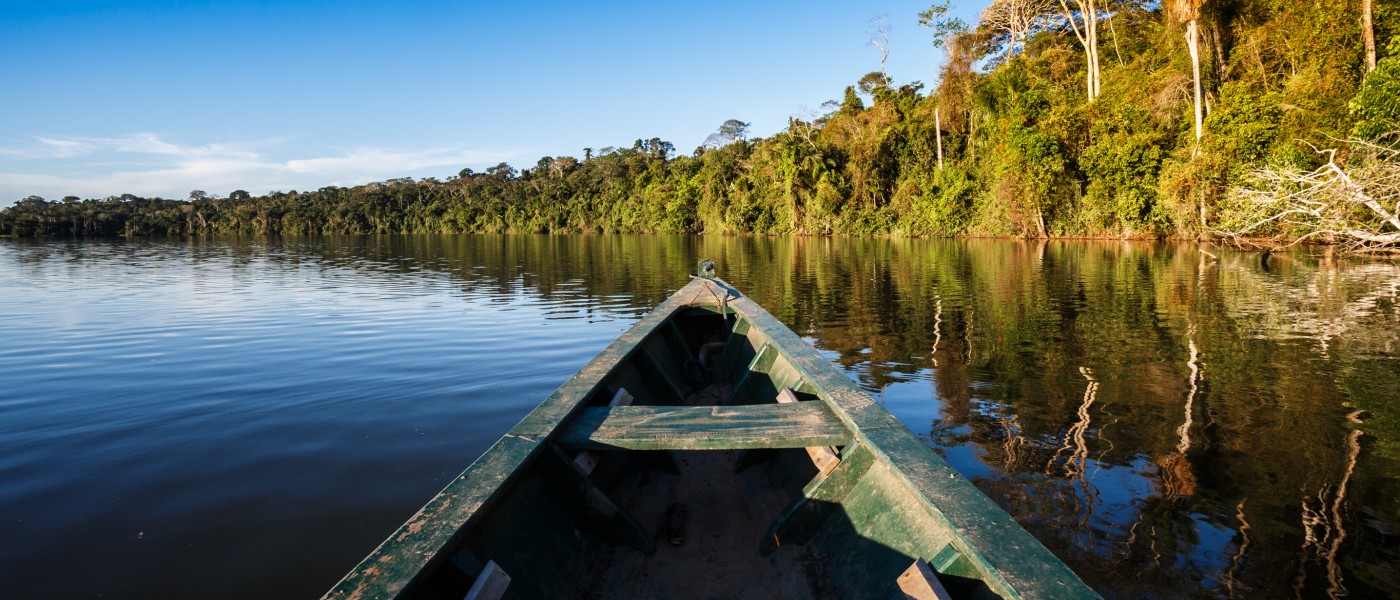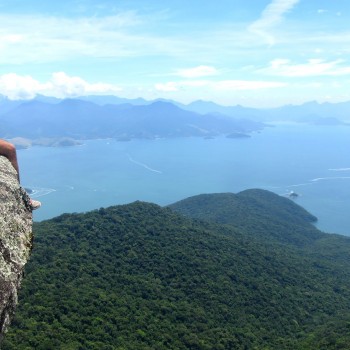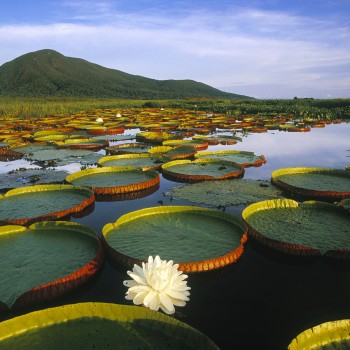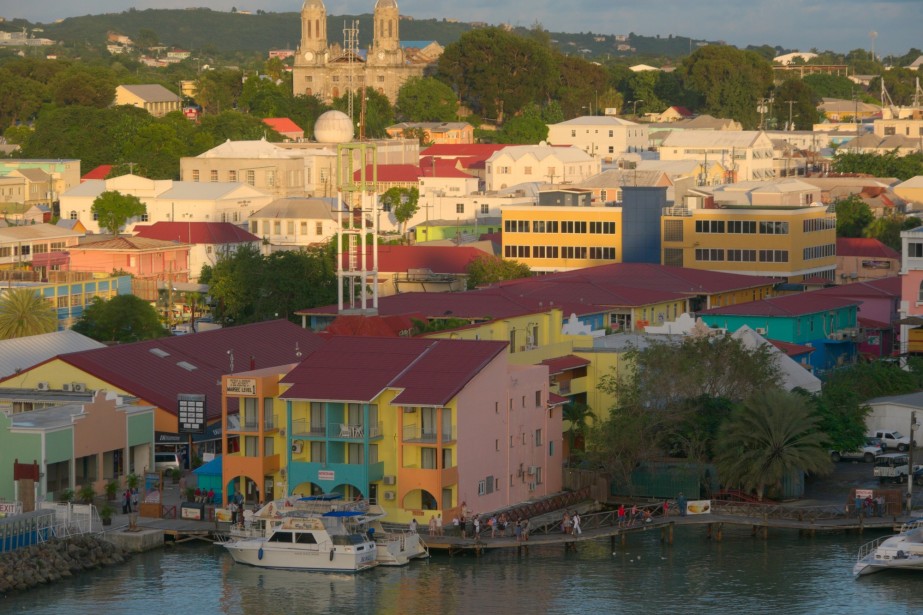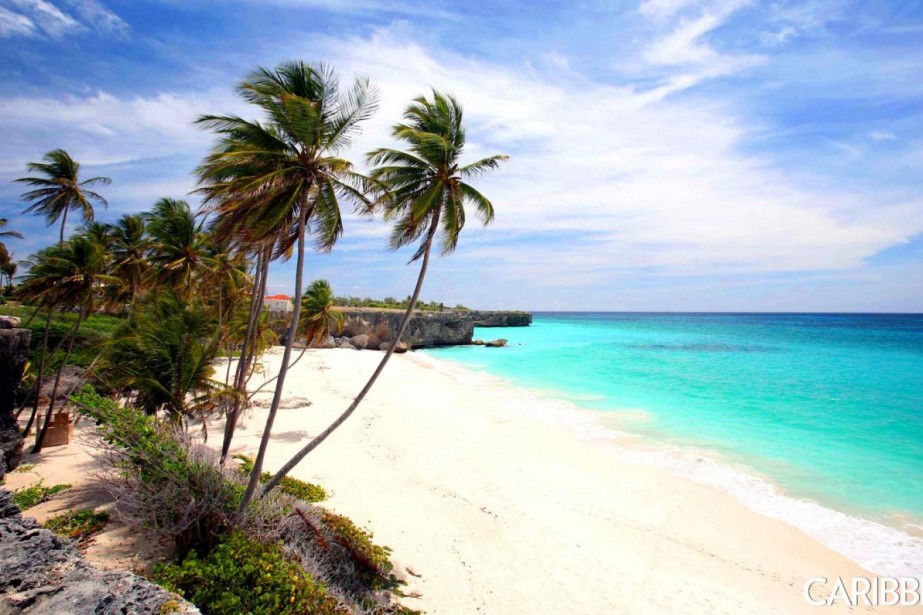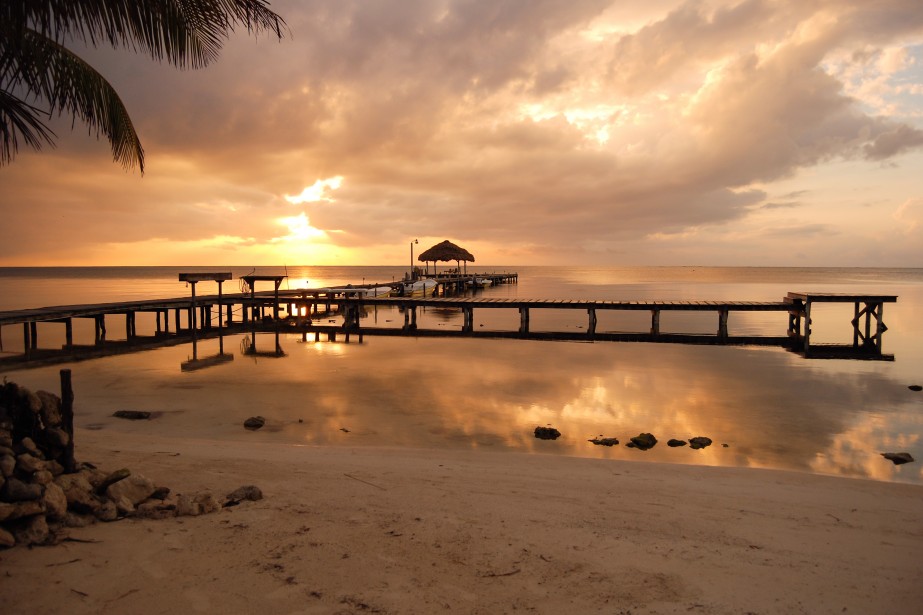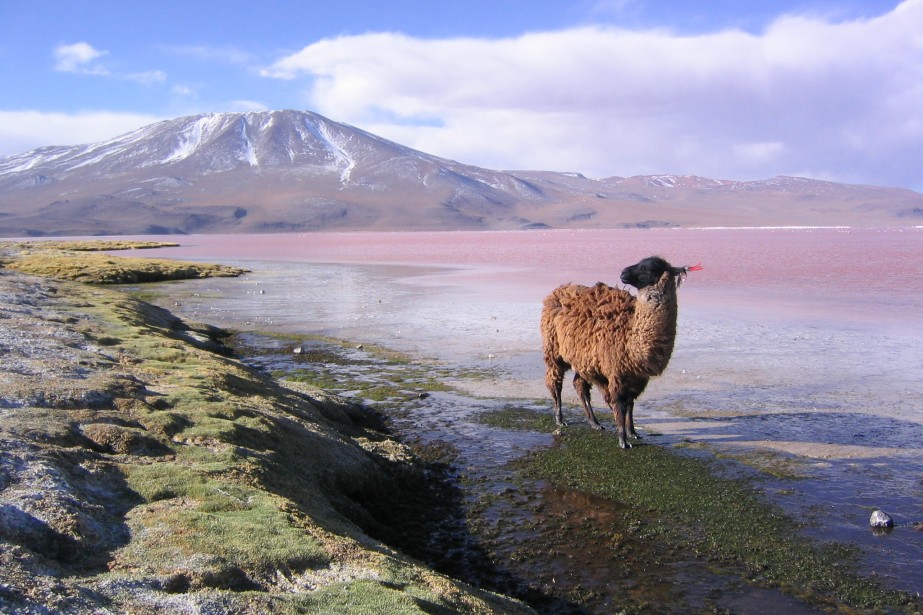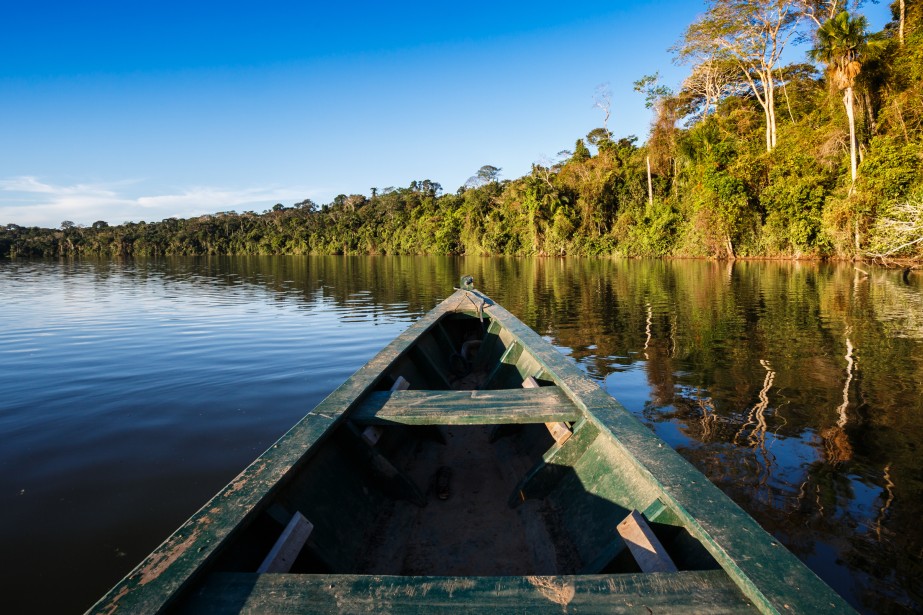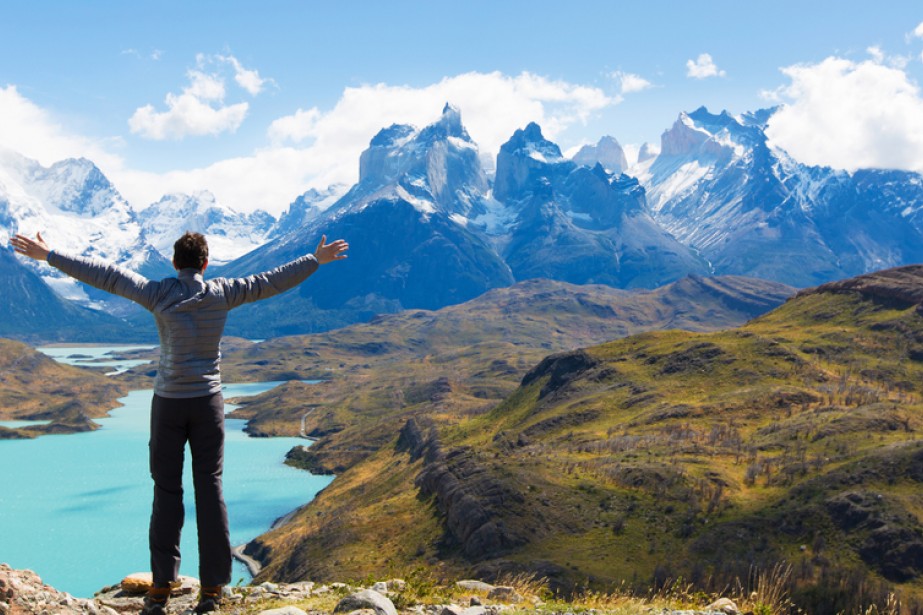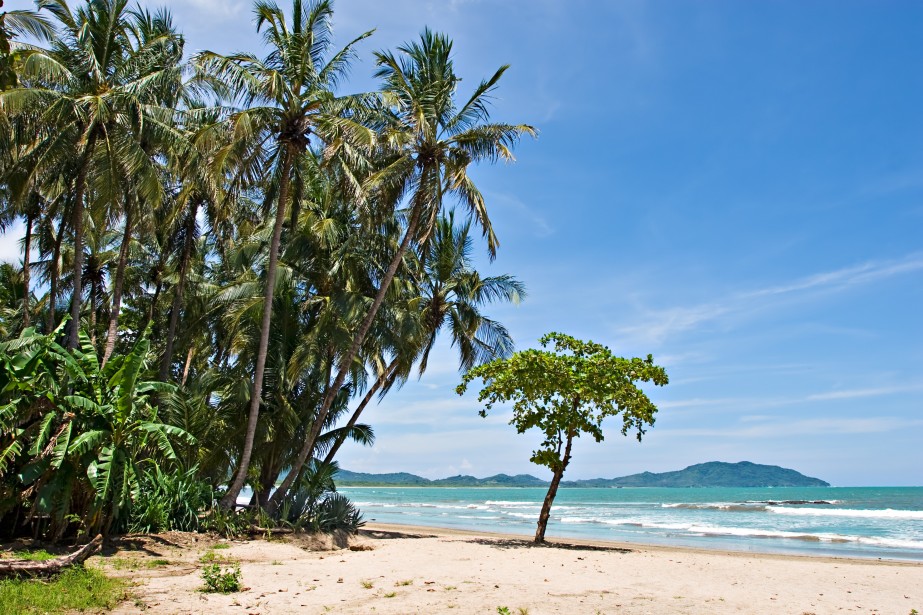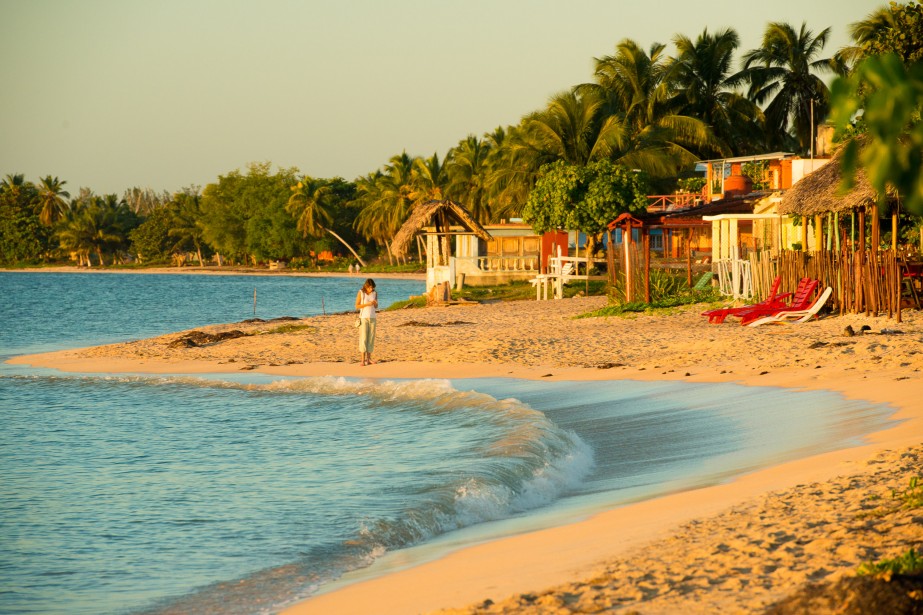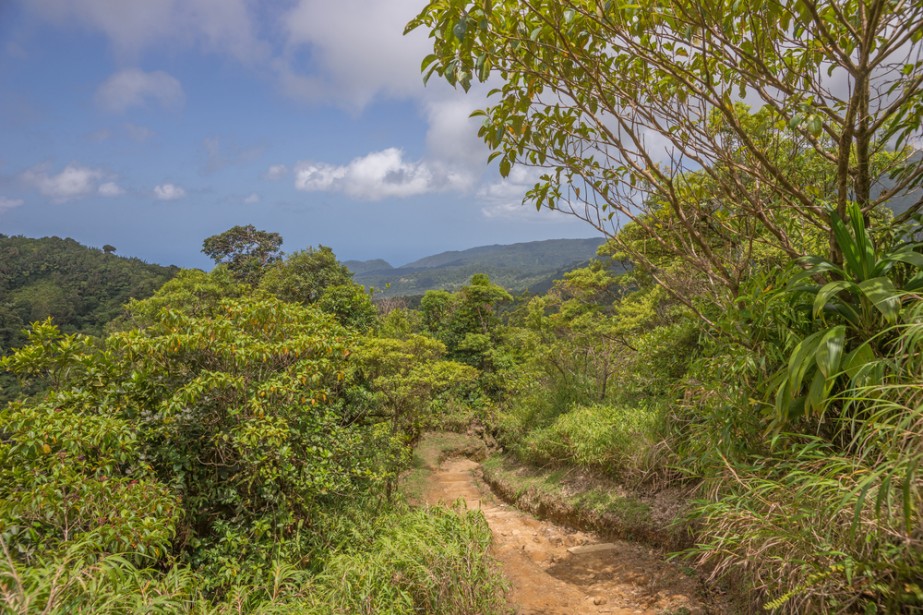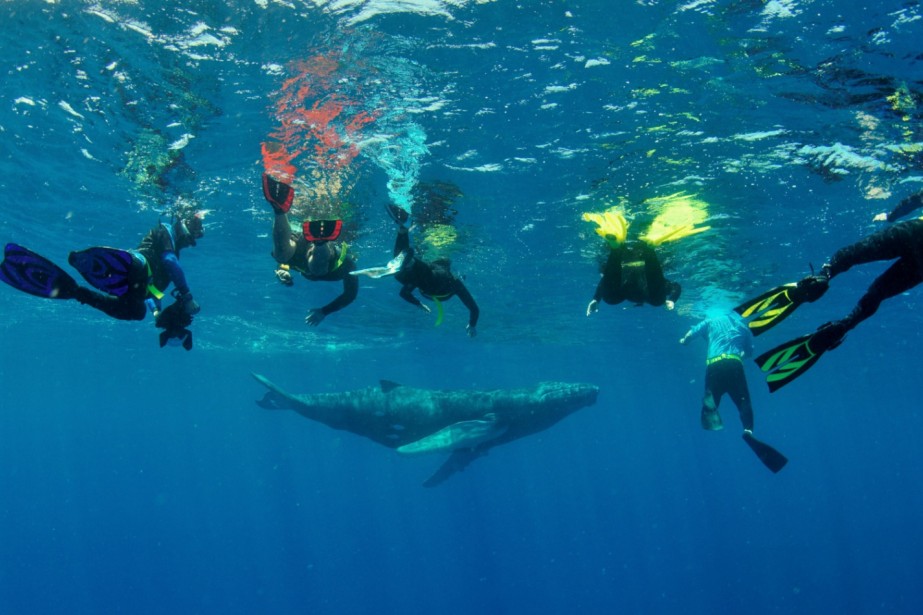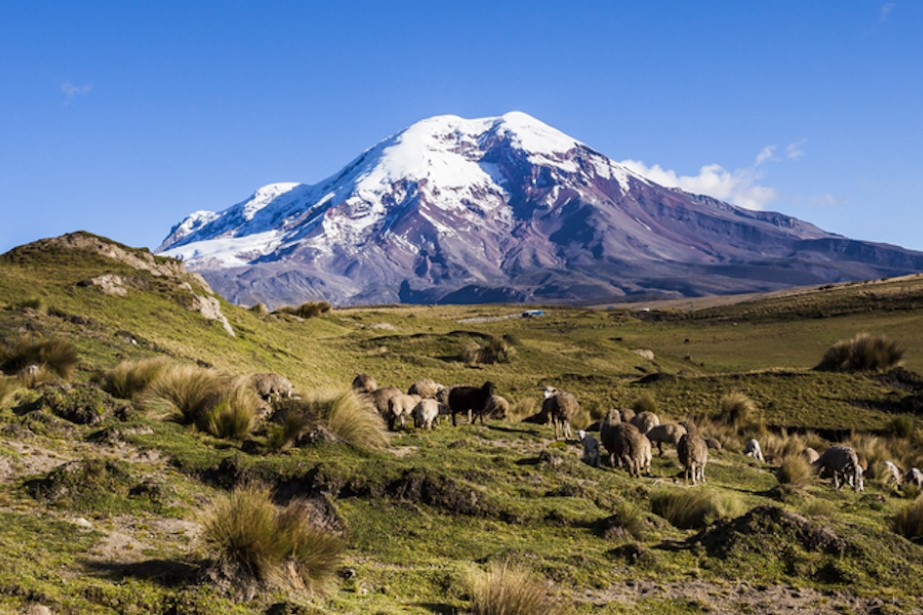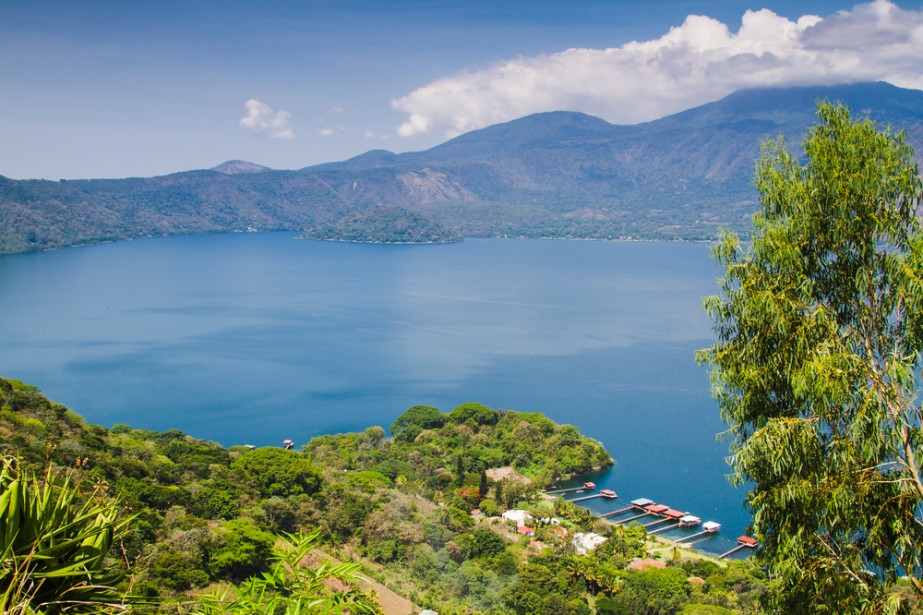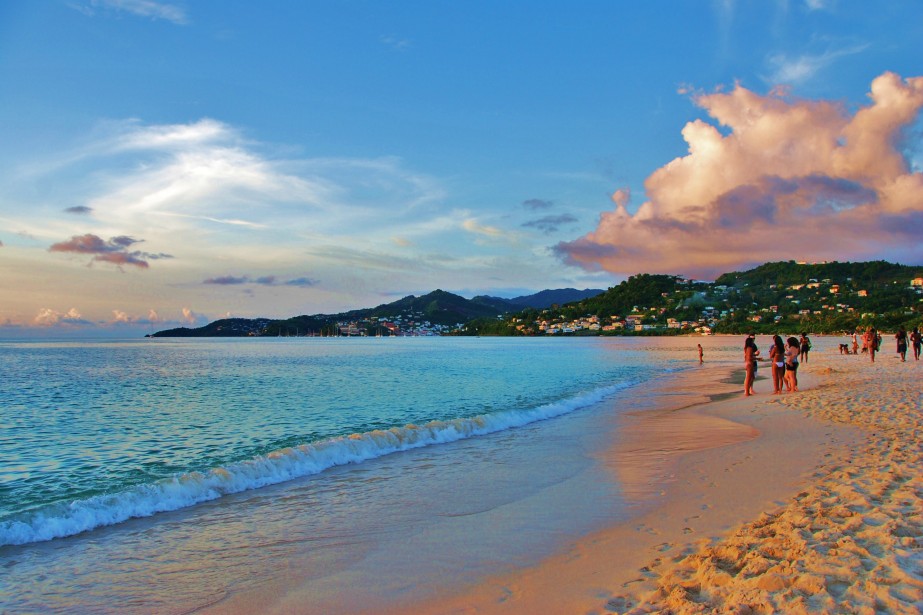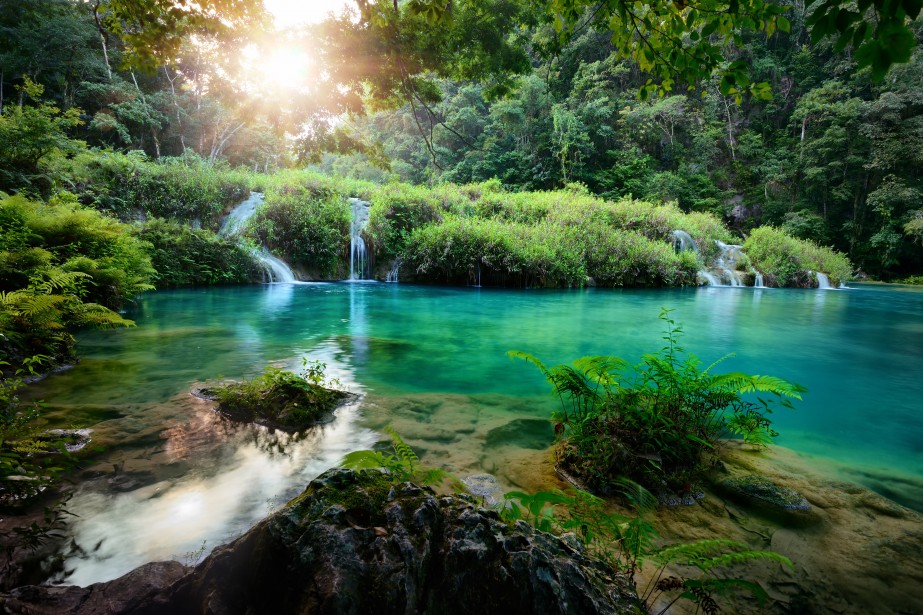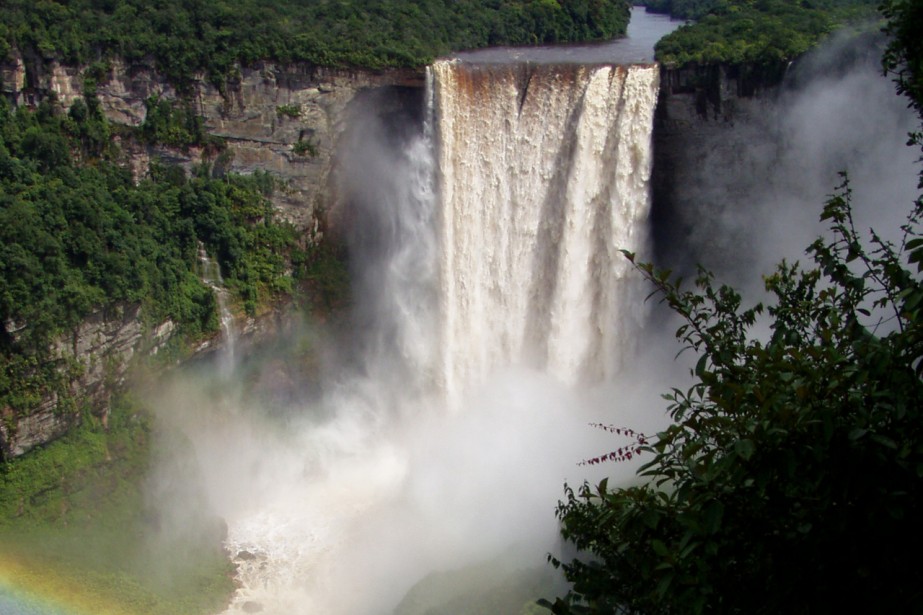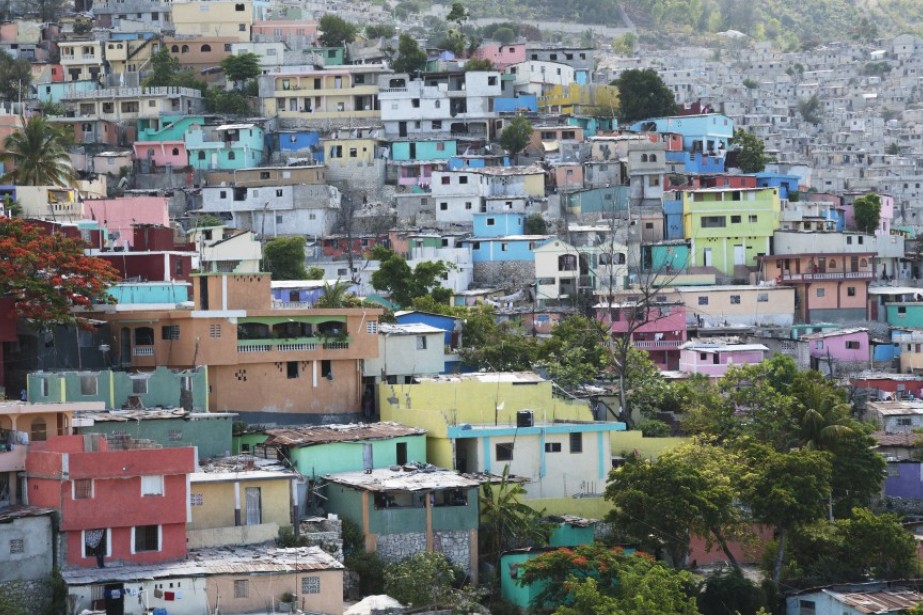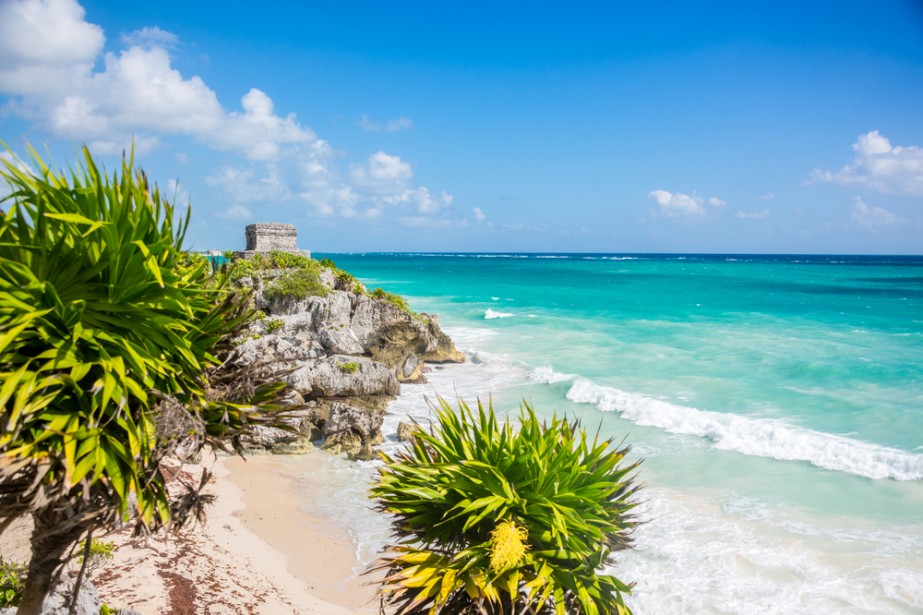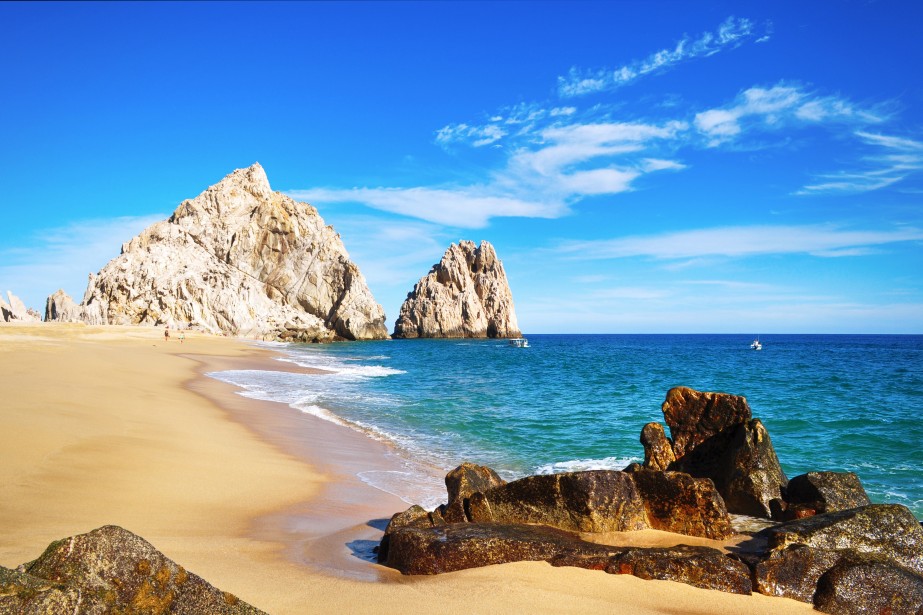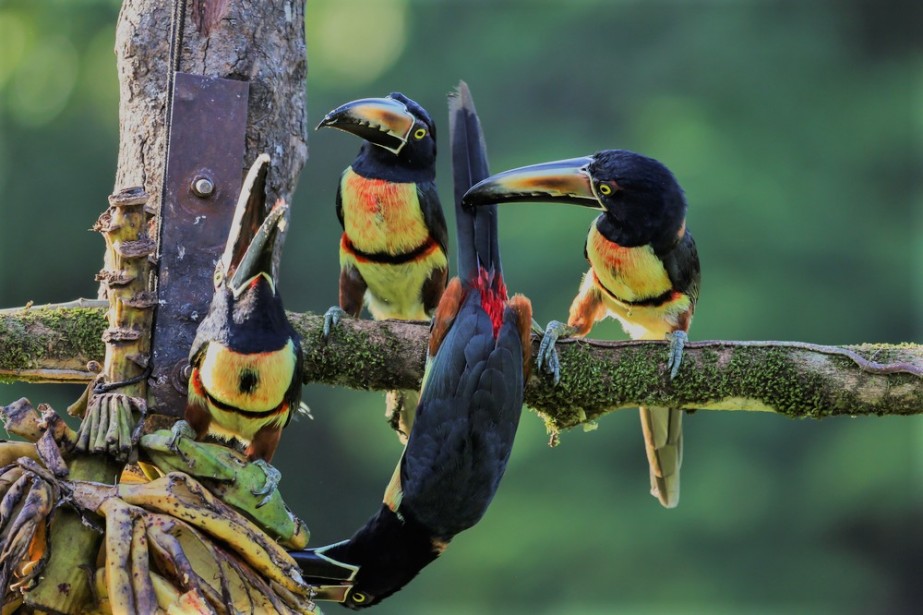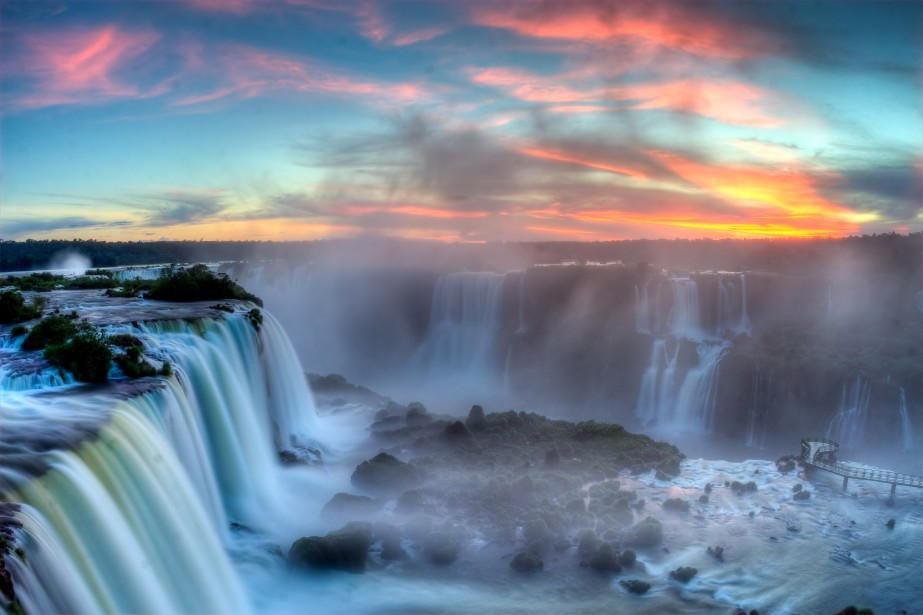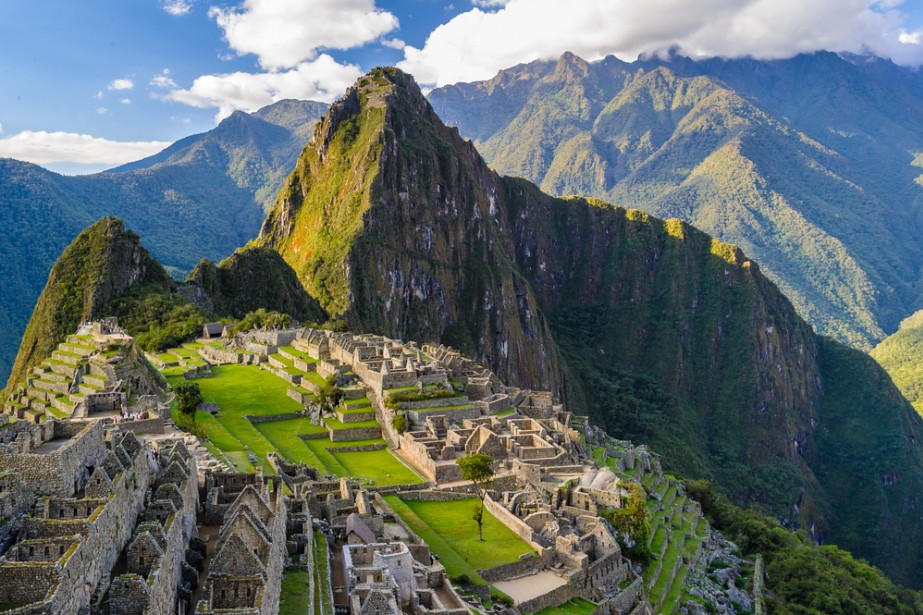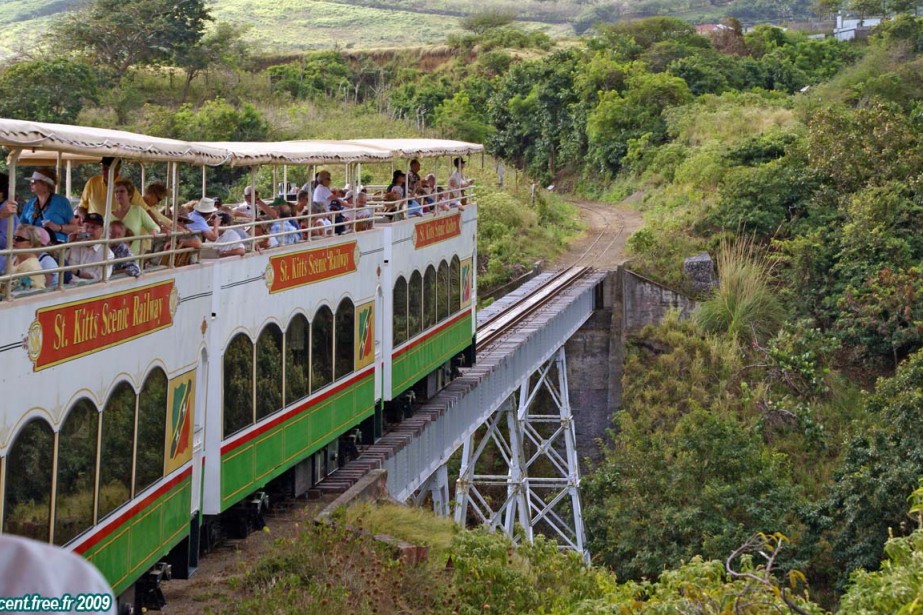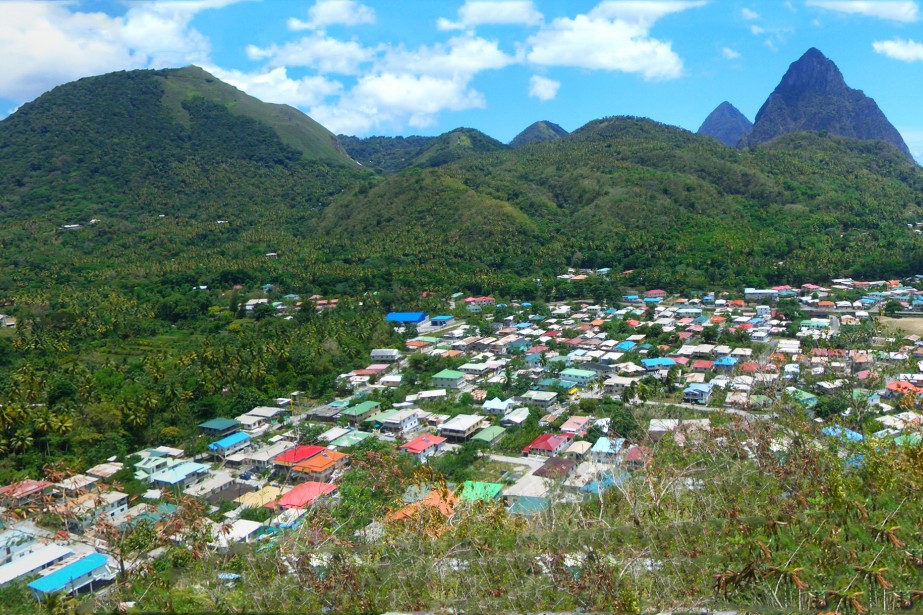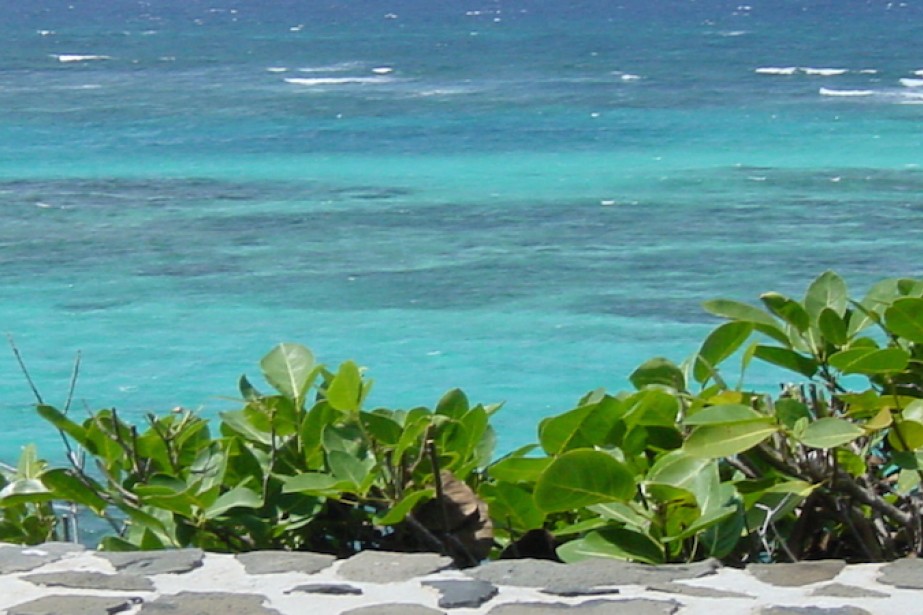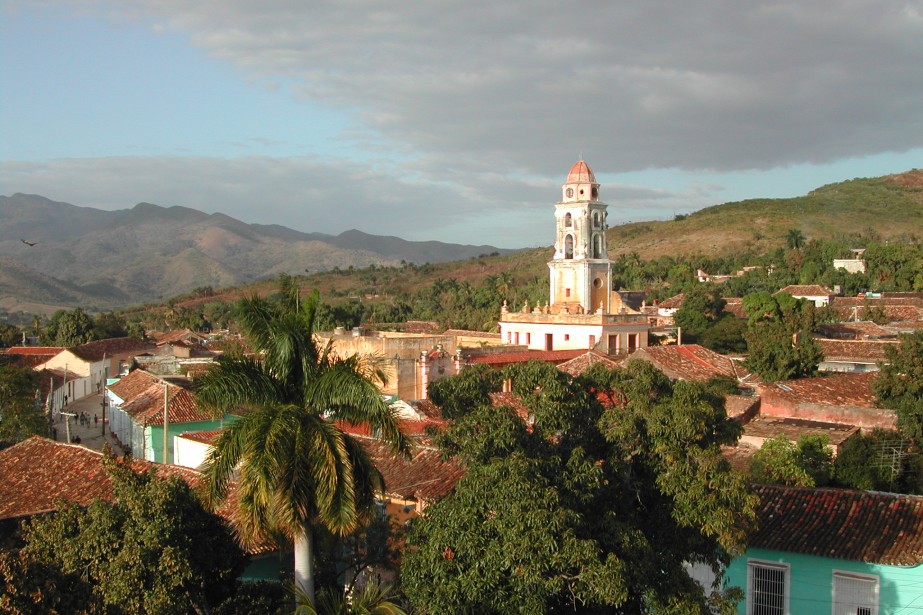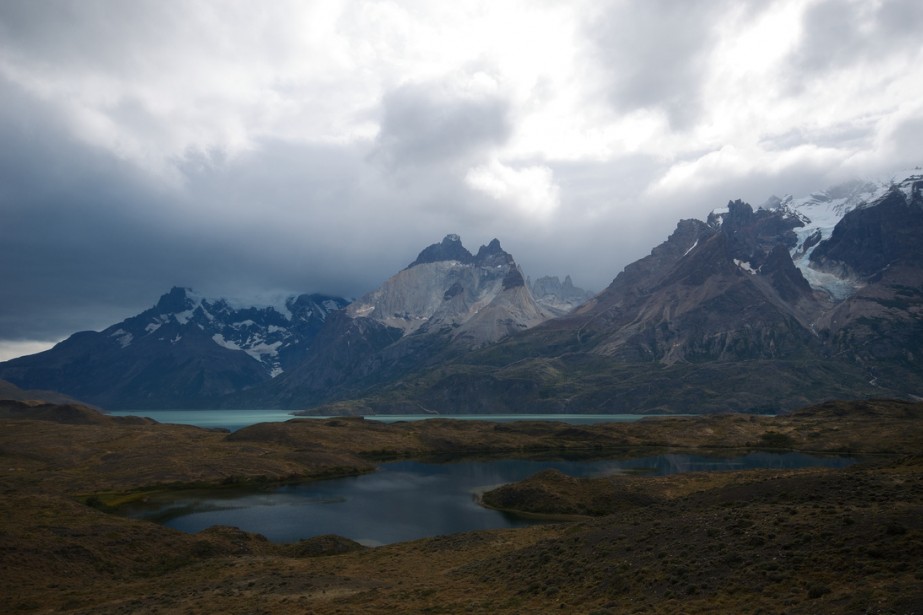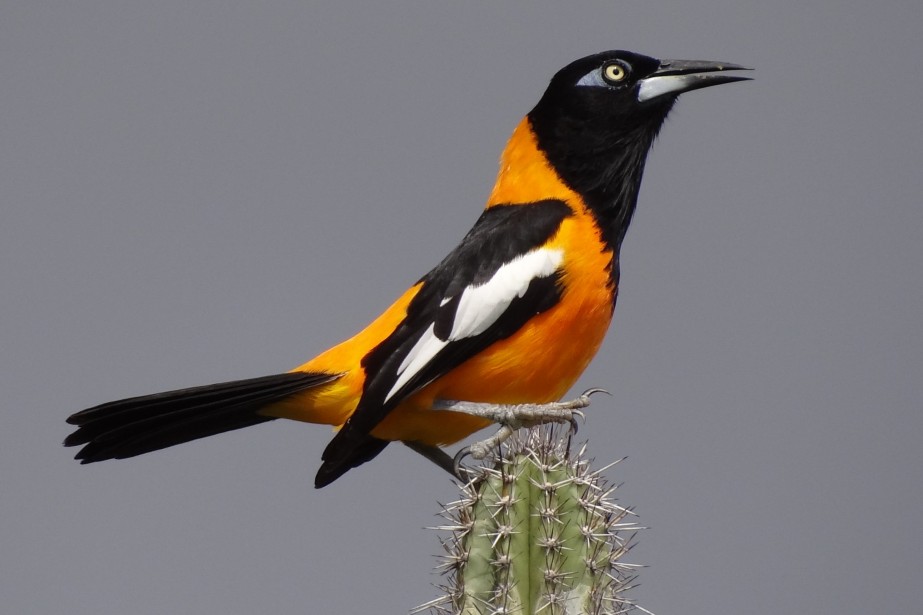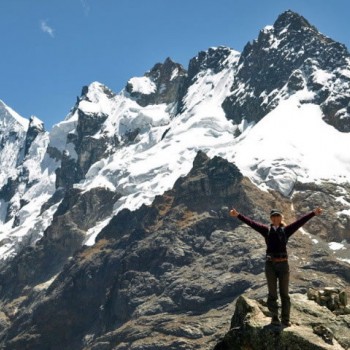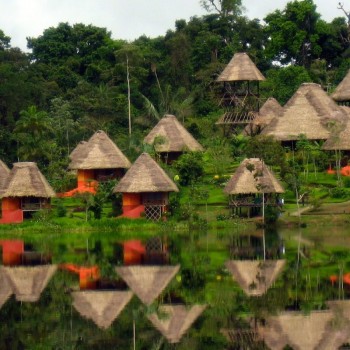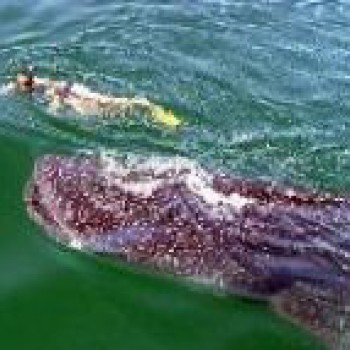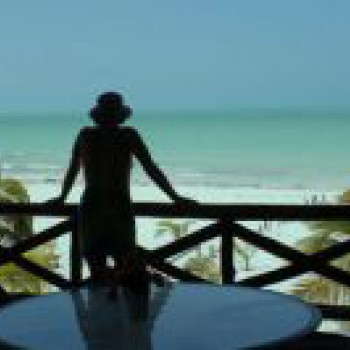Submitted by Pip Strickland on August 30, 2016
Overview
Brazil is South America’s largest country, stretching from the dense jungles of the Amazon to the Pantanal wetlands and the sun-drenched beaches of the southeast coast. Its city streets are lined with historic colonial architecture and cutting-edge modern developments, while its society is a cultural melting pot of African, Portuguese and Asian descendants.
Rio de Janeiro is many travelers’ first impression of the country and an unforgettable one at that. To the south lies the charming colonial Portuguese town of Paraty and the idyllic islands and beaches of the Costa Verde, together with the wildlife-rich wetlands of the Pantanal. While to the west the breathtaking falls of Iguaçu plunge along the border with Argentina. Travel north and you’ll find the pleasant capital of Brasilia, together with the charismatic Afro-Brazilian city of Salvador da Bahia, before the Amazon Rainforest takes hold.
Brazil’s appeal is as much about its people and their love of life as it is about the abundance of tourist attractions. No matter the struggles on the streets, the Brazilians know how to have a good time and their spirit infects all who visit.
When to travel - weather
Brazil’s sheer size means that the climatic conditions in the north vary dramatically to those in the south, coupled with topographical diversity across the nation from lowlands to alpine peaks.
The north of Brazil experiences an equatorial climate, with rainfall throughout the year and warm-hot temperatures. The “dry” season is between June and November, and although you should still expect some rain, it’s a more pleasant time to visit the Amazon. But as you head south towards Central Brazil, the seasons become more defined and the rainfall reduces. Southern Brazil has a temperate climate, with cool winter conditions between June and August and the hot summer stretching from December through to February.
The summer months are the peak tourist season around Brazil’s southeast beaches, coinciding with the Christmas, New Year and Carnival celebrations in the country. Although this a great time to visit, you will have to endure bigger crowds and inflated hotel costs. There’s another peak in tourists around July during the nation’s winter school holidays and this is not a recommended time to travel. April and May are a good alternative, when the weather is still warm enough to swim at the beaches and the crowds have dispersed.
Food and drink
Drawing on European, African and Amerindian influences, Brazilian cuisine varies widely across the different regions of the country, reflecting their diverse population. Ingredients native to the country include cassava, yams, cashew and a range of tropical fruits, such as açaí, guava, passionfruit and hog plum. The Portuguese brought with them wine, leafy vegetables and dairy products, while the waves of Japanese immigrants introduced Asian flavors to Brazil.
Some of Brazil’s most popular bean-based dishes include feijoada, a black bean, pork and beef stew, together with acarajé fritters, served with dried shrimps, okra and peppers.
Seafood is the main source of protein along many coastal areas, with moqueca a popular seafood and coconut milk stew from Bahia, while vatapá combines shrimps and chicken in a creamy coconut and manioc paste sauce. When it comes to meat, the mixed grill known as churrasco is widely popular, while the mildly spicy sausage known as linguiça should not be missed.
Snacks like the cheesy dough balls known as pão de queijo are widely available, as are coxinha (chicken stuffed with mashed manioc), kibe meat rissoles and bolinhos de bacalhau (cod fishcakes).
The national drink of Brazil is the fiery sugarcane spirit known as cachaça, mixed with sugar and ice to make caipirinha cocktails. But a non-alcoholic beverage worth trying is guaraná, made using the extract of an Amazonian plant and renowned for its energy-boosting properties.
Popular vacation spots
Rio de Janeiro - Overlooked by the 38-meter tall Christ the Redeemer and framed by Sugarloaf Mountain, the city of Rio de Janeiro is repeatedly voted as one of the world’s most beautiful cities. It’s home to the iconic sands of Copacabana Beach and Ipanema, together with the vibrant cultural neighborhoods of Santa Tereza and the world-famous Maracanã football stadium. Walk up the colorful staircase of the Escadaria Selarón, marvel at the royal chapel of Nossa Senhora do Carmo and join the annual festivities of Carnival.
Iguaçu Falls - Cascading across both Brazil and Argentina, the Iguaçu Falls are one of the world’s most impressive bodies of falling water. The national park has been designated a UNESCO World Heritage Site, with walking trails and viewing platforms where you can take in the spray. Arguably the Brazilian side has the most all-encompassing views, but it’s worth crossing over into Argentina to explore its extensive forest trails and take in the roar from the Garganta del Diablo.
Pantanal - Forming the world’s largest tropical wetland and teeming with natural wildlife, the Pantanal stretches across the state of Mato Grasso do Sul. It’s home to a staggering 1000 different bird species, together with jaguars, giant anteater, tapir, capybaras and around 10 million caimans. The lack of thick forest cover makes wildlife spotting much easier than in the Amazon and specialized birdwatching tours and jaguar patrols will get you in the thick of all the action.
Chapada Diamantina National Park - Set deep in the mountains of Bahia, the Chapada Diamantina is fast becoming Brazil’s ecotourism hotspot. Go hiking to visit the spectacular Cachoeira da Fumaça waterfall and take in the breathtaking views from its escarpment, then explore the beauty of Poço Encantado.
Lençóis Maranhenses National Park - The immense, sweeping sands dunes of Lençóis Maranhenses National Park in Brazil’s northeastern Maranhão state may not appear special on first glance. But when the rains descend, blue, green and black “lagoons” form in their midst, creating natural swimming holes within what is a spectacular landscape. Some species of fish thrive in the lagoons, with the tiger fish staying dormant in the mud during the dry season and re-emerging during the wet.
Paraty - Situated on the Costa Verde between Rio de Janeiro and Sao Paolo, historic Paraty is one of Brazil’s most appealing towns. The enchanting cobblestone streets of its Portuguese colonial center are lined with 17th and 18th centuries buildings, built during the Brazilian Gold Rush. Admire the architecture of the whitewashed Cappella de Santa Rita, wander the art galleries, and relax on the pristine surrounding islands and beaches.
Amazon Rainforest - Sprawling across the northwest of Brazil, the Amazon Rainforest is the largest tract of tropical rainforest left in the world. Manaus is the launching point for expeditions into the Amazon, including boat trips to see the Encontro das Aguas (where the black Rio Negro meets the white waters of Rio Solemos) and wildlife spotting trips to Jau National Park. You can opt to explore the Amazon on a cruise or base yourself at one of the immersive jungle lodges.
Salvador da Bahia - Renowned for its Afro-Brazilian culture, UNESCO World Heritage-listed Salvador da Bahia is the capital of coastal Bahia. The cobblestone streets of historic Pelourinho are lined with colorful architecture, opening out into squares where capoeira dancers perform. Admire the architecture of the São Francisco church, soak up the sun at Porto de Barra beach, and join in the festivities during Salvador’s famous street carnival.
Practical information
Language
The official language of Brazil is Portuguese, which was introduced to the country in the 16th century. While it remains largely the same as the Portuguese spoken in Portugal, there are distinct words drawn from the indigenous Tupian language group and regional accents that set it apart.
Brazil’s Amerindian population are responsible for more than 200 indigenous languages, but are only spoken by a tiny proportion of the population. Korean, Japanese and Chinese are also spoken by small minorities, particularly in the city of Sao Paolo, while English is now taught in many schools.
Money
The official currency of Brazil is the Real/Reais (BRL), with ATMs widespread across the country, although not always 100% reliable. Always check your bank statement if an ATM fails to complete a transaction, as occasionally the money is still debited from your account.
Visa is the most widely accepted credit card, although cash is still the preferred method of payment in small shops, restaurants and some guest houses.
You can change money at all banks, travel agencies and casas de cambia, but always keep your receipt as you may be required to show it if you want to change back any leftover Reais before leaving Brazil.
Health and Safety
Crime levels in Brazil are notoriously high, particularly in the slum areas of the major cities where robberies and muggings are all too common. Don’t display expensive cameras, phones, jewelry or watches while sightseeing and always keep your wallet or purse well hidden from pick-pocketers. You are required to carry photo ID by law in Brazil and because of high levels of police corruption, you should note down the number of your consulate in case you require assistance.
It is a requirement that all visitors traveling to Brazil have a yellow fever vaccination before arriving in the country, with the central west and Amazonia regions particularly at risk. Malaria can also be a problem throughout the north, and taking anti-malaria medication is highly advised.
Tap water is not always safe to drink and keep in mind that food hygiene standards at street vendors are not always up to par.

